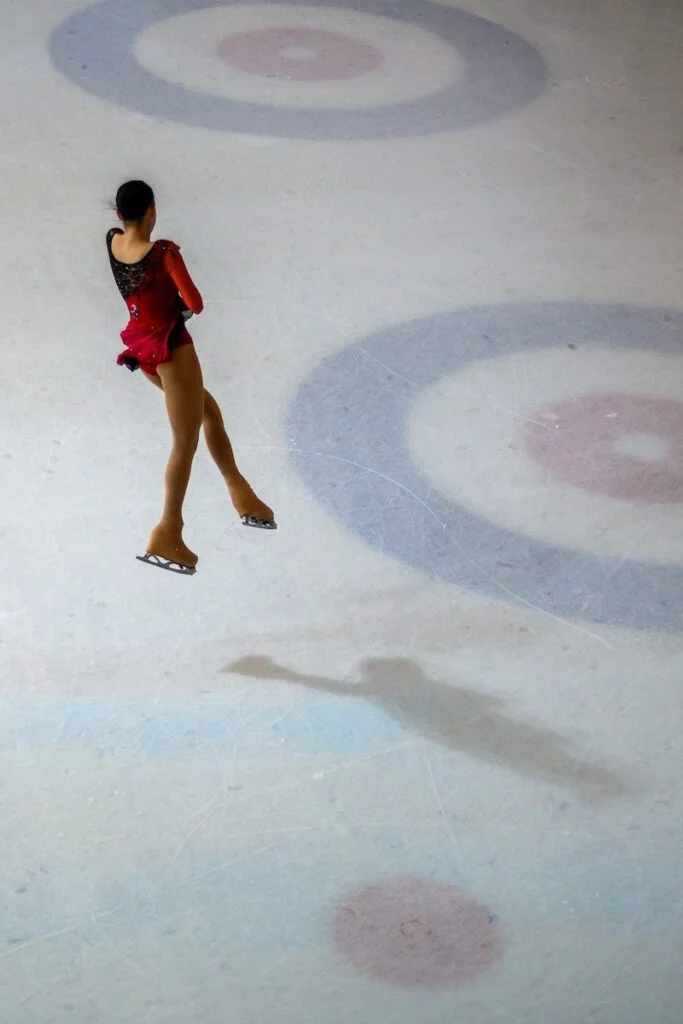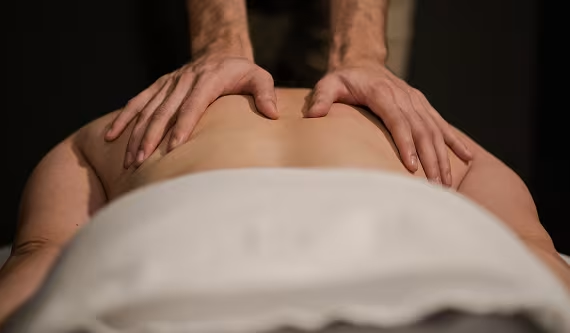Why Figure Skating is the Ultimate Full-Body Workout
Figure skating isn’t just an elegant sport; it’s a physically demanding and deeply rewarding full-body workout that seamlessly blends strength, flexibility, and precision. Whether you’re gliding through intricate footwork, nailing a jump, or holding a perfect spin, your entire body is engaged in a coordinated effort. Beyond its aesthetic appeal, figure skating improves cardiovascular health, builds muscular endurance, and hones balance and coordination.
For skaters, the beauty lies in the challenge—each movement demands focus, strength, and technique. But to truly excel and stay injury-free, it’s essential to understand the muscles you’re engaging and the best ways to protect them. In this guide, we’ll dive into the key physical demands of figure skating and share practical tips to keep you performing at your best on the ice.

The Muscle Groups Engaged in Figure Skating
Figure skating activates a wide range of muscle groups, making it one of the most comprehensive workouts. Here’s how your body works together to create those seamless movements:
Lower Body: The Foundation of Power and Grace
- Quadriceps & Hamstrings: Essential for powerful strides and controlled landings.
- Glutes: Provide the drive for jumps and support pelvic stability during spins.
- Calf Muscles: Assist with balance and precise foot positioning.
Core Muscles: The Key to Stability
- A strong core keeps your posture aligned and your movements controlled. Abs, obliques, and lower back muscles play a critical role in maintaining balance during turns and intricate routines.
Upper Body: Fluidity and Control
- While your arms and shoulders aren’t the primary focus, they’re crucial for maintaining balance and completing movements with fluidity, especially in advanced routines.
Common Injuries in Figure Skating and How to Prevent Them
Figure skating can be physically demanding, and injuries are not uncommon. Understanding common risks and prevention methods is essential for every skater:
1. Ankle Sprains
- Why it happens: Twisting or rolling the ankle during landings or sharp turns.
- How to prevent it: Strengthen ankle stability through exercises like single-leg balances and ensure skates fit properly.
2. Knee Strains
- Why it happens: High-impact landings or repetitive strain.
- How to prevent it: Incorporate exercises like squats and lunges to stabilize and strengthen your knees.
3. Wrist Injuries
- Why it happens: Breaking falls with your hands.
- How to prevent it: Practice safe falling techniques, such as tucking your arms and landing on your side.
4. Back Strains
- Why it happens: Overextension during spins or jumps.
- How to prevent it: Strengthen your core and maintain proper posture during practice.
Recovering from Figure Skating Injuries
If you’ve experienced an injury, recovery is crucial to getting back on the ice. Start by allowing the affected area time to heal, using ice packs to reduce swelling and pain. Seeking professional help, such as physical therapy or specialized treatments like manual osteopathy, can address imbalances and aid in the recovery process. When returning to the ice, focus on light activities before resuming intense routines to prevent setbacks and ensure a smooth recovery.
Exercises to Improve Figure Skating Performance
To excel in figure skating, incorporating specific exercises into your routine can enhance strength, stability, and flexibility. Squats help build lower body strength, providing the power needed for explosive jumps and steady landings. Planks strengthen the core, improving stability and control on the ice. Dynamic stretches, performed before and after skating, enhance flexibility and help prevent muscle strain. Additionally, considering a sport massage can aid in recovery and overall performance.
Tips for Skaters in Edmonton and Sherwood Park
Maximize your figure skating sessions with these practical tips:
- Warm up thoroughly: Prepare your muscles before hitting the ice.
- Stay hydrated: Prevent fatigue and muscle cramps by drinking plenty of water.
- Prioritize recovery: Regular massages or targeted treatments can help maintain peak performance. Visit our Sherwood Park location for expert care.
Building Strength and Confidence Through Figure Skating
Figure skating isn’t just a sport—it’s an art form that demands strength, precision, and resilience. By understanding the muscles involved and adopting strategies to prevent injuries, you can enjoy the many benefits of this dynamic activity. Keep up with regular conditioning, pay attention to your form, and seek professional support when needed to stay at your best on the ice.





